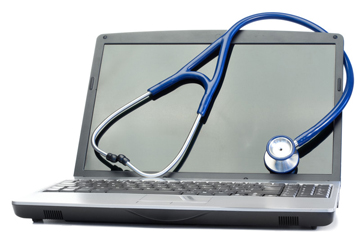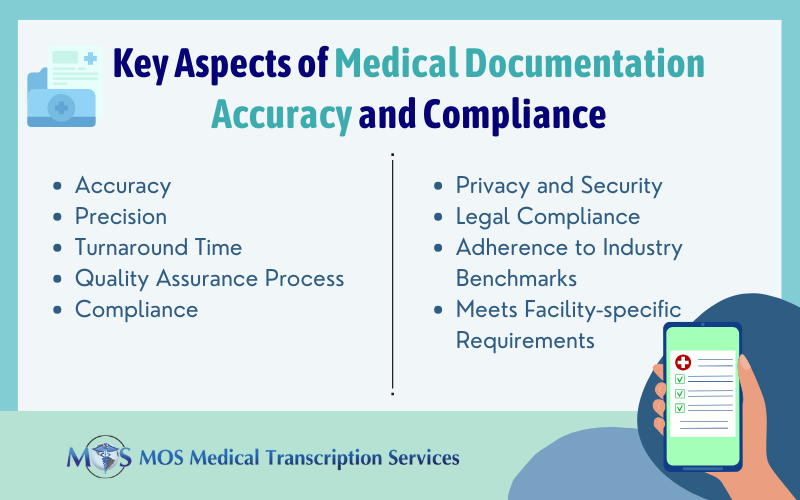 Machine learning in health care has reached new heights with the Human Diagnosis (Human DX) project. As a medical transcription company that provides documentation solutions for a wide range of specialties, we laud the objective of this international collaboration that aims to make quality healthcare available and affordable for underserved and uninsured populations. Importantly, it is expected to reduce the incidence of inaccurate or delayed diagnosis.
Machine learning in health care has reached new heights with the Human Diagnosis (Human DX) project. As a medical transcription company that provides documentation solutions for a wide range of specialties, we laud the objective of this international collaboration that aims to make quality healthcare available and affordable for underserved and uninsured populations. Importantly, it is expected to reduce the incidence of inaccurate or delayed diagnosis.
The Human DX project seeks to harness global medical expertise to provide electronic consults to patients without reliable access to specialists, including patients who do not have insurance. It combines the “collective intelligence” of machines and human clinicians to improve our fundamental understanding of diagnosis, a crucial early step in assessing, treating, managing and ultimately curing disease. The project is supported by major organizations including the American Medical Association, American College of Physicians, and American Board of Internal Medicine.
Here are the key features of the Human DX project:
- It is a nonprofit and a public benefit corporation
- It aims to reach out to those without access to care and those without insurance
- This global effort is aimed at creating an online system that leverages joint knowledge and machine learning to provide each patient with customized, focused care
- Over 6,000 physicians from more than 70 countries have contribute their intelligence and information to the project
- The goal over the next five years is for 100,000 volunteer medical specialists to provide electronic consultations to three million patients, thereby avoiding long waits or out-of-pocket costs.
When a treating physician gets a complex case, they record the patient’s background, medical history, and presenting symptoms including physical exams, medical history, medical imaging results, and diagnostic and laboratory tests. The system’s natural language processing algorithms will mine each case entry for keywords to route it to specialists so that they can review them and record recommended tests and diagnosis. The data of patients who receive consultations through the project will be stored in an open software system.
Research teams from Harvard Medical School, Johns Hopkins, and UCSF will investigate how to best combine the expertise of human physicians with the big data processing power of the artificial intelligence (AI) doctor to provide meaningful clinical decision support to future participants. In other words, the insights gained for one patient is expected to help many future patients.
This collaborative approach is expected to:
- Reduce medical errors
- Enable physicians to get a second opinion and accurately diagnose rare or perplexing cases
- Help educate physicians
- Allow populations that often go without specialist interventions to get top-quality care
 Providers can access the system from any connected device. Members of the public can visit the homepage to access information on specific diseases and anonymized case data. Keeping timely, accurate and clear medical records, such as enabled by medical transcription outsourcing, is clearly essential to the success of the Human Dx initiative. Medical records represent the patient’s medical, health or social history, diagnosis, condition, treatment or assessment, created or maintained by a physician or other healthcare professional, or a hospital or other health facility. Good quality medical records are essential to proper sustained care of the patient and are vital for effective communication between healthcare professionals and their patients. And it is this information that specialists on the Human Dx system will need to access to recommend a treatment or diagnosis.
Providers can access the system from any connected device. Members of the public can visit the homepage to access information on specific diseases and anonymized case data. Keeping timely, accurate and clear medical records, such as enabled by medical transcription outsourcing, is clearly essential to the success of the Human Dx initiative. Medical records represent the patient’s medical, health or social history, diagnosis, condition, treatment or assessment, created or maintained by a physician or other healthcare professional, or a hospital or other health facility. Good quality medical records are essential to proper sustained care of the patient and are vital for effective communication between healthcare professionals and their patients. And it is this information that specialists on the Human Dx system will need to access to recommend a treatment or diagnosis.
Physicians participating in this innovative project can rely on the support of experienced medical transcription companies to maintain accurate electronic health records (EHRs) along with clinical notes, scanned records, consent forms, text messages, verbal correspondence between health professionals, medico-legal reports, referral letters, investigation and lab reports. X-ray films, photographs, video and audio recording and any printouts from monitoring equipment also form part of the medical record.
Partnering with a reliable medical transcription service provider will ensure that patients’ medical records are continuously updated in chronological order so as to demonstrate continuity of care and response to treatment. The information should be all-inclusive to allow another provider to carry on where the previous clinician left off. This is paramount for the success of the Human Dx project which aims at closing the gaps in specialty care.


